Tag: Neisseria
-

Urethral Discharge
—
by
The urethral discharge is found almost exclusively in humans. The main causative organisms are Neisseria gonorrhoeae (gonorrhea) and Chlamydia trachomatis (chlamydia). The presence of a urethral discharge should be recognized in a clinical examination 1. In humans, gently massage the urethra if the flow is not visible. Urethral discharge should also be sought in patients…
-
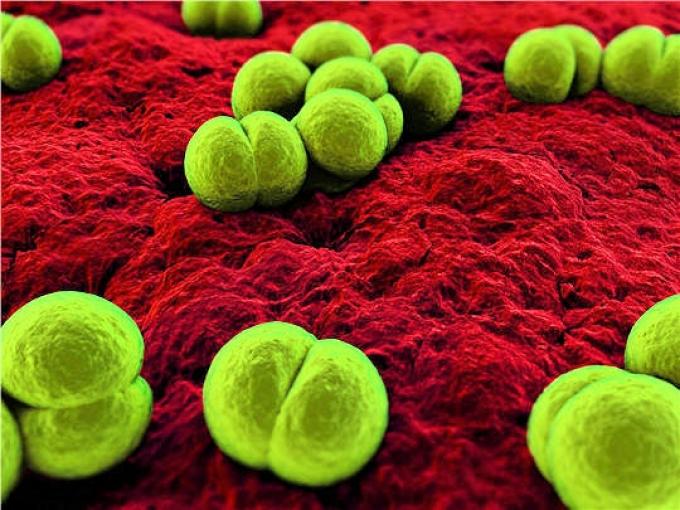
Prophylaxis of meningococcal disease
—
by
Meningococcus is a bacterium responsible for about 30% of bacterial meningitis in France. Mortality of this infection is far from negligible despite the sensitivity of bacteria to antibiotics. A well conducted prophylaxis in the entourage of a case should prevent the occurrence of secondary cases.However, the epidemiology of this infection is often not known and…
-
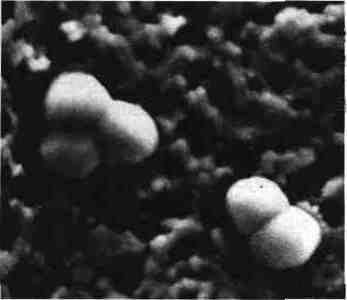
Neisseria
—
by
GENERAL CHARACTERISTICS: Neisseria are Gram-negative cocci, diplococci associates, sometimes tetrads and immobile. Strictly aerobic bacteria, only to respiratory metabolism (respiration of nitrate and / or nitrite is possible). They are always catalase (+) and possess a cytochrome C oxidase. Their metabolic potential is limited. These are the usual hosts of mucous membranes of humans and…
-
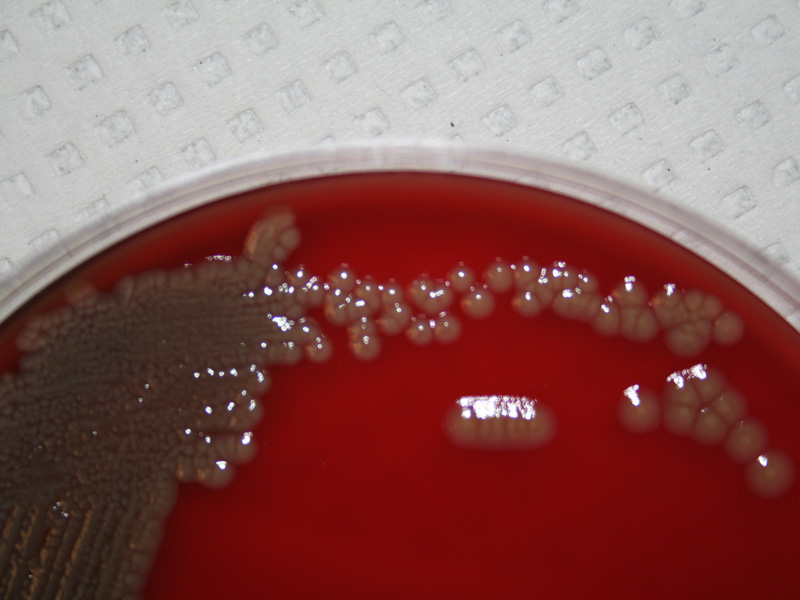
Moraxella – Branhamella
—
by
These are shaped bacteria or coccobacilli (Moraxella) or cocci (Branhamella). Bacilli are very short, rounded, sometimes coccoid. They are usually in pairs or short chains, often pleomorphic, they show variations in size, length and are frequently under filamentous form in cultures. Cocci occur singly or in pairs and their morphology is identical to that of…
-

Bacteria Vaginosis
—
by
I – GENERAL ON VAGINOSIS: The vaginosis or nonspecific vaginitis are frequent infections, characterized by vaginal discharge and due to other agents as Candida, Trichomonas, Neisseria gonorrhoeae or Chlamydia trachomatis. This condition reflects an imbalance of the vaginal flora. Lactobacilli forming the normal flora of the vagina (flora Döderlein) disappeared and were replaced by abundant…
-
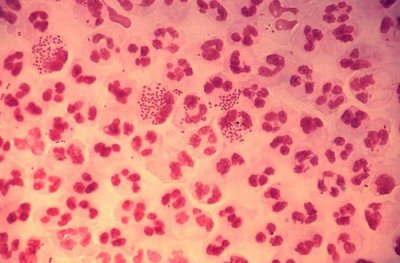
Other Neisseria
—
by
These are commensals of the upper airways of humans and animals that are sometimes responsible for chest infections and septicemia, often on land debilitated. 1 – CHARACTER BACTERIOLOGICAL (Table I): These are cocci Gram (-) diplococci associates or tetrads in oxidative metabolism. N. elongata is a bacillus Gram (-) which is attached to the Neisseria…
-
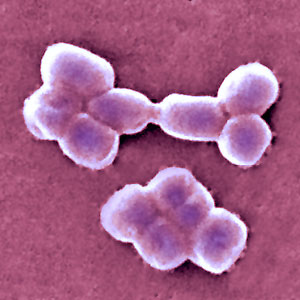
Acinetobacter
—
by
HISTORY: Beijerinck in 1911 described a germ isolated from the ground, Micrococcus calcoaceticus. In 1939 De Bord publishes preliminary work on a group of coccobacilli Gram (-) close Neisseria he considers the tribe Mimae (Mima polyphorma). In 1940 Audureau described a species of Moraxella close it without their nutritional requirements, under the name of Moraxella Iwoffi.…
-
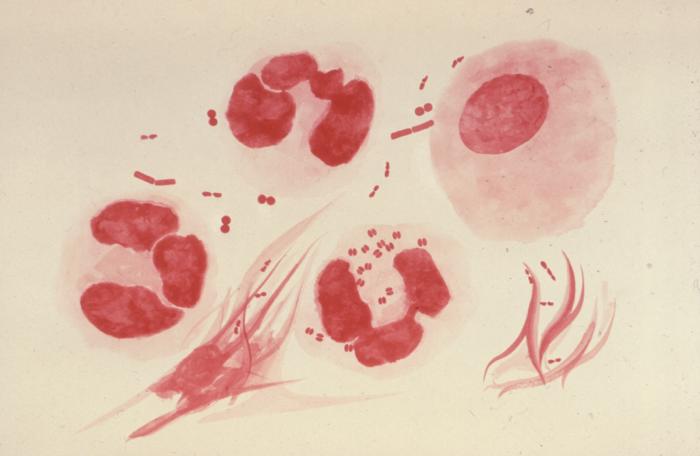
Classification Neisseriaceae
This family includes the classical genres: I Neisseria II Moraxella III Acinetobacter IV Kingella V Oligella The genus Acinetobacter is attached to this family, but his characters are very different from those of otherNeisseriaceae (lack of oxidase and nitrate reductase).By cons, Branhamella and Moraxella are close genetically well as morphology differentiates. They were brought together…
You must be logged in to post a comment.